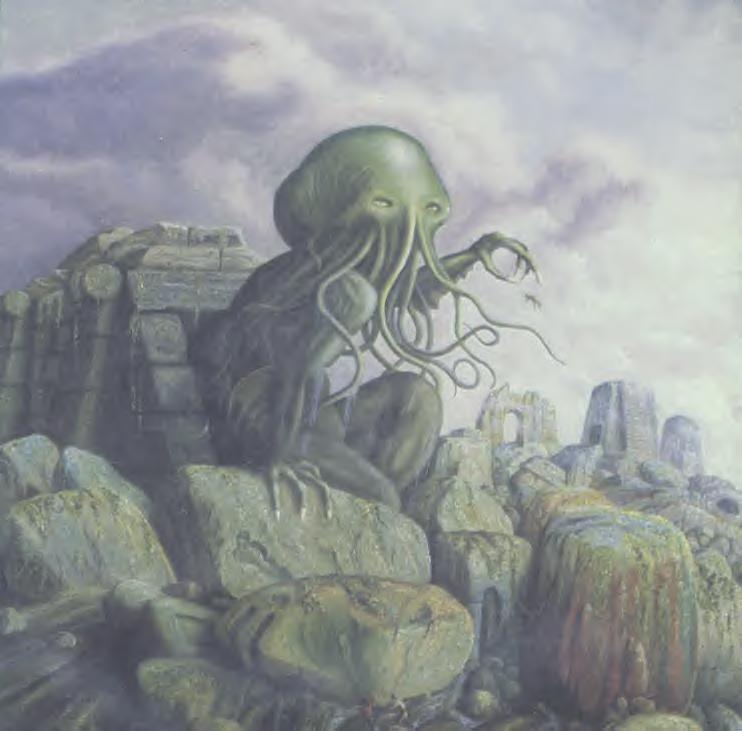Reflection:
This moviemaking project has shown to me the seemingly repetitive order of events throughout history. By watching and researching examples of genocide and cultural oppression, I was able to see the similarities between the three major instances that I used in my montage.
A.
IA. The section of American Indians fighting white settlers.
B. This part of the montage displays the first example of genocide in history. It acts as a segue into the other two events in the movie, being the first and least developed instance.
IIA. The section of the Holocaust.
B. This is a major example of cultural oppression/annihilation that is well-known by the modern world. Its crude images that are contrasted with innocent German children show many people the other side to the Holocaust, a side that they hadn’t known before. Not many people consider the Germans’ side of this event, a side that they believed to be just as innocent as the Jews considered themselves to be.
IIIA. The section regarding the genocide in Darfur.
B. This is the finale to my montage, because it is taking place in the present. It is an issue that many people know about, and therefore can understand the clips. As opposed to the Germans, being relatively unaware of the actions that they’re armies were taking to eradicate Judaism, the Darfurians know what dangers face their daily lives, but they continue to smile and dance and remain hopeful in a time of strife. I believe that this is the most developed form of cultural oppression, and therefore put it at the end of the montage.
B. My montage follows the timeline of especially well-known examples of cultural oppression. It begins with white settlers fighting the Native Americans, moves to the Holocaust with the Nazis persecuting the Jews, and finally ends with the genocide that is taking place in Darfur.
C. Through the montage, a message of dual-sided misunderstanding is conveyed. In every instance portrayed in the video, there are two points of view shown: the American Indians and the settlers, the Nazis and the Jews, the Sudanese and Darfurians.
D. I feel frustrated that all of these problems in the world would have been and would be solved so easily, if one side took the time to listen to the opposing side’s point of view (as well as vice versa). So many issues could be solved in such a simple manner, and all of this fighting would have been unnecessary.
E. Contrasts between the two sides of war and fighting exemplify the message that is being portrayed in my video. An example of this is when German children who have been raised as Nazis are shown right after/before clips of concentration camps.
F. I used it when contrasting innocence and violence in both the Holocaust and the genocide in Darfur.
G. It really illustrates the underlying message more clearly. By showing how both sides of a battle see the battle as two completely different things, it is easier for viewers to see how the issues were approached in that time period.
H. I used Meant to Live by The Vitamin String Quartet. The Vitamin String Quartet is a quartet of string-musicians who cover popular songs as well as write their own. I chose this song because, not only does the original have a strong impact on the subject, it has a certain aspect of violence and sadness in it. I used the string cover so that the lyrics would not be too distracting from the images.
I. The music is relatively fast with urgent beats. It reflects the images of violence, while the string factor of the song compliment the sorrowful clips of the movie.

No comments:
Post a Comment